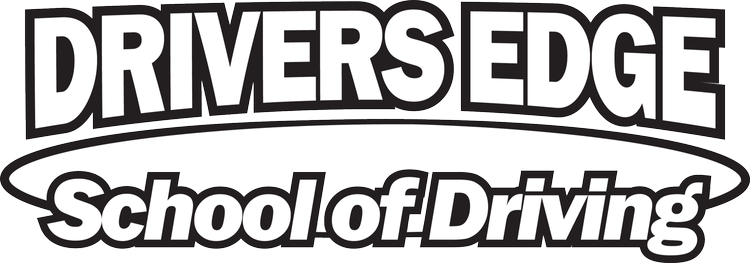Last week we covered how to turn left at a stop light. The importance of patience and confident movements was stressed. In this week’s blog, we will look at three other times you may turn left while driving.
Using a center-left lane: Often in residential areas, they will have center-turning lanes. Both directions of traffic can use these lanes, and the places to turn left can be vast. It is important like at a stop light to be in the correct lane and give ample warning with the left indicator light. You want to get into the lane with enough distance to come to a stop if needed, but you do not want to get into the center lane too early as someone from the other direction may be turning. This distance will take time to learn and is determined by the traffic patterns of the area. When in the lane treat the oncoming traffic like you would at a stop light if the light was flashing. You must yield to traffic. Wait until there is ample space for the turn to be made safely. If there is insufficient space, be patient and wait for there to be. Once the space is ample, turn smoothly and confidently into the road or parking lot entrance.
At a stop sign: Stop signs require you to stop behind a stop sign before advancing. If it is a four-way stop, look back at “Who has the Right-Of-Way” from September 17, 2023. Advance and make the turn when it is your turn to proceed. At some stop signs, cross traffic does not stop. This should be indicated by a sign, but it can also be seen by the lack of a stop sign for cross traffic. At these intersections, cross traffic may be moving at high rates of speed so be sure to properly check for traffic. In this instance, check to see if the driver across from you has the right to go first, and then check cross traffic. You may need to creep forward after coming to a complete stop to properly see both directions. This is an acceptable thing to do as long as you are not blocking the road or a pedestrian crossing. Look in both directions and judge the speed of the vehicles. Unlike at a stop light, You will have to turn with traffic, so you will need to get up to speed before the vehicle from your left reaches you. This will require more space to be given to drivers coming from the right to the left than drivers coming from your right. Once the roadway is clear, proceed smoothly with the turn. It is crucial that you get up to speed in a timely manner to avoid traffic congestion and potential vehicle accidents.
On a two-lane road: Turning left on a two-lane road may make new drivers hurry as they do not want to hold up traffic. Do not feel like you are in a hurry. Spot where you want to turn and indicate at least 200 feet prior to your turn. Turn your turn signal on and brake regularly. With this type of turn, stopping is not always necessary, so it is crucial to slow down to a speed where you can safely make the turn. As with a stop light or center lane turning, read the traffic flowing in front of you and wait patiently for an obvious and clear opening. Once, present turn like you would any other turn and continue to your destination. Do not pass a vehicle that is stopped and waiting to make a left turn on a two-lane road.
Turning left opens your vehicle up to high-impact collisions. Turn left at your own risk, but if you only turn left with ample space available and do not worry about the potential pressure of the drivers behind you. Turning can be done safely and stress free. Turning left takes practice. To avoid potential accidents, practice while you are in the passenger seat. Look at the road and see if the driver turns when you turn. Watching a seasoned driver is one of the best ways to learn how to drive.
